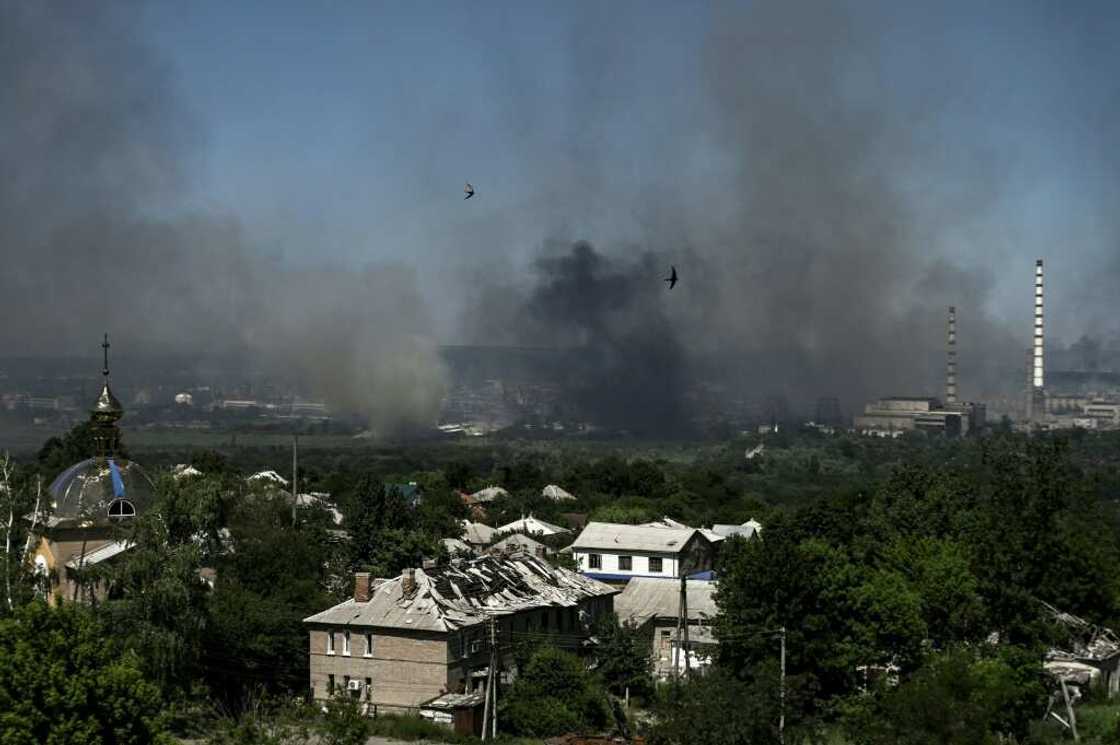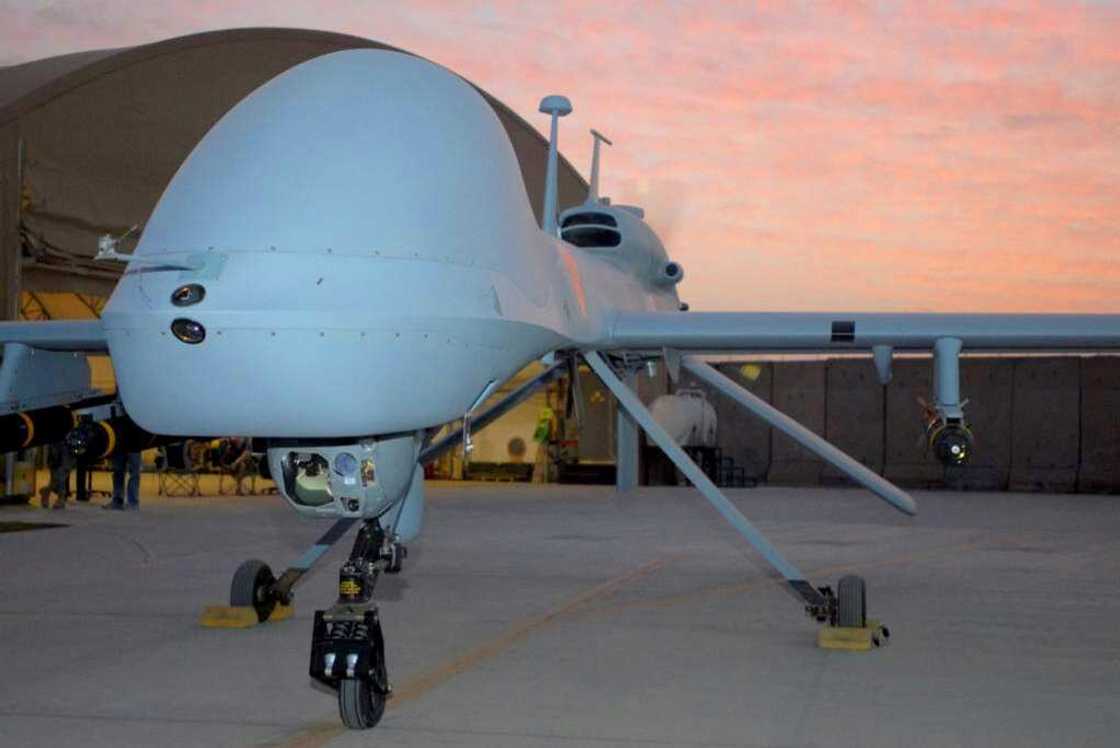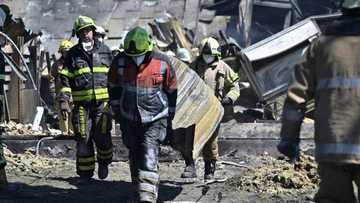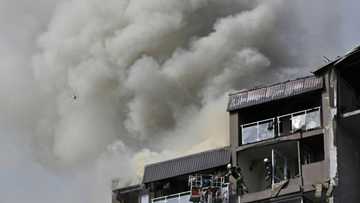Ukraine war drones lose pivotal role as artillery rules

Source: AFP
The Ukrainian army's astute use of drones has been a cornerstone of its defence against the powerful Russian invader, but experts say their role is beginning to fade as heavy artillery takes over.
In the early phase of the war, Ukraine's sky seemed filled with the remote-controlled aircraft deployed by President Volodymyr Zelensky's army to spy on the enemy, or go on the attack.
During Moscow's early advance on Kyiv "it would have been extremely challenging for Ukraine to block (Russian President Vladimir) Putin's army without drones", said Paul Lushenko, a US Army Lieutenant Colonel and PhD student at Cornell University.
"They could compound or exacerbate Putin's strategic and logistical challenges," he told AFP.
The Turkish-made Bayraktar drone, known as TB-2, already famous worldwide, added to its stellar reputation during the defence of Ukraine's capital.
On top of providing intelligence on Russian movements, drones also helped Ukraine offset much of its air force's weakness compared to that of Russia.
PAY ATTENTION: Share your outstanding story with our editors! Please reach us through info@corp.legit.ng!
"The reconnaissance and armed systems, predominantly military, proved that they could build a light substitution air force against a conventional adversary," said Aude Thomas at the FRS Foundation for Strategic Research.
Although the Ukrainians didn't invent drone warfare -- the US used drones in Afghanistan and Iraq, and they featured in conflicts in Syria, Libya and Nagorny Karabakh -- they came up with some fresh approaches.
This, said Thomas, included the use of commercial drones for intelligence, damage assessment and target guidance for artillery, as well as direct hits on enemy positions.
Kyiv has been working on optimising drones since Russia's annexation of Crimea in 2014, creating the "Aerorozvidka" unit made up of computer scientists customising off-the-shelf drones for military use.
Today, according to Thomas, the unit produces its own weaponised drones carrying anti-tank ammunition and operated by 50 experienced pilot teams.
'Lack tactical intelligence'
But as the war has entered its fifth month and the fighting moved east to the Donbas, artillery is taking centre stage, making Ukraine's continued deployment of drones more difficult and costly, analysts said.
Russian S-300 and S-400 anti-aircraft guns are dangerous foes for drones, with Foreign Policy analyst Jack Detsch saying that some US and Ukrainian officials have become wary of sending armed Gray Eagle drones into their sights.

Source: AFP
Gray Eagles, made for frontline action with a range of eight kilometres (five miles), risk being shot down after only one or two missions, a costly risk as each drone has a price tag of $10 million.
Detsch said there was some friction on the topic between Ukraine's chiefs of Staff and the frontline troops who are limiting daily drone sorties to 30.
By comparison, single-use US drones of the "Switchblade" and "Phoenix Ghost" type can be had for several thousand dollars each.
Meanwhile, drone development continues, with one of the latest ideas being "drone-to-drone teaming", Lushenko said, by which a small commercial drone identifies a target for another drone to strike.
Michael O'Hanlon, an analyst with the Brookings Institution, a Washington DC-based think tank, cautioned that "drones are important but lack tactical intelligence" and their role in the defence of Kyiv may have been overestimated compared to that of anti-tank missiles like the Javelin.
"They are like cheap, expendable airplanes that are almost just as akin to precision artillery as to traditional aircraft," he said.
A game-changing development would be a drone that is big enough to carry heavy loads but small and versatile enough to do without a runway, O'Hanlon said.
Such a drone, he said, "we need but don't yet have".
Source: AFP





